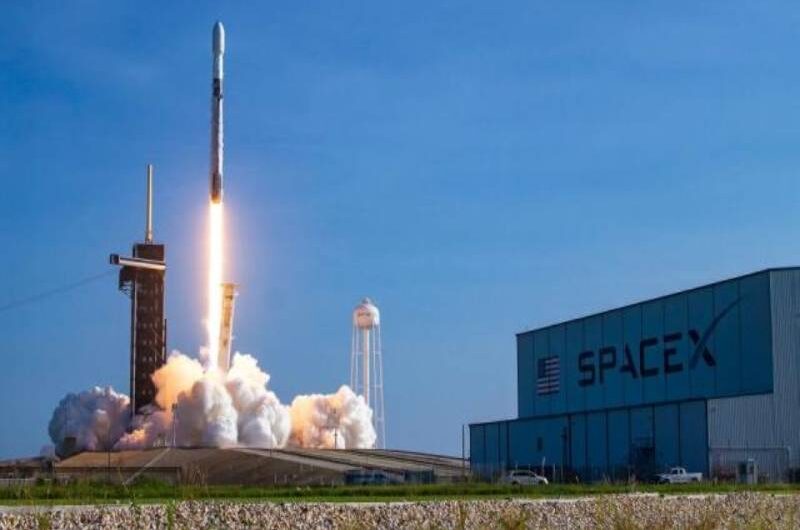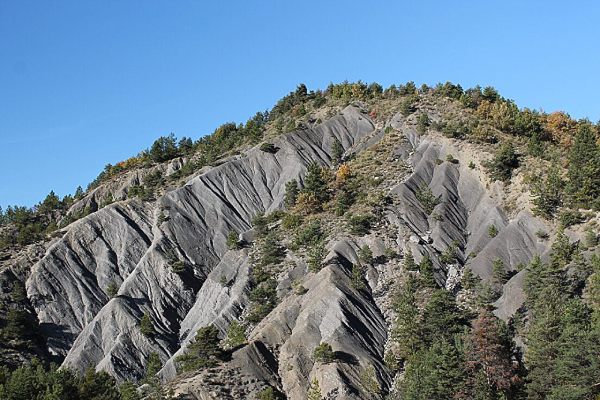NASA has made a groundbreaking discovery by revealing the presence of abundant water and carbon in a sample collected from the surface of the near-Earth asteroid Bennu. This revelation provides additional support for the theory that life on Earth might have originated from extraterrestrial sources.
These findings were officially disclosed as NASA granted the public its first look at the contents of a sealed capsule, returned to Earth last month. The capsule had carried material collected from the 4.5-billion-year-old asteroid’s surface by the OSIRIS-REx spacecraft.
During a press event held at the Johnson Space Center in Houston, NASA administrator Bill Nelson emphasized the significance of the discovery, stating, “This is the biggest carbon-rich asteroid sample ever returned to Earth.” The unveiled images showcased black dust and pebbles.
Approximately 5 percent of the sample’s total weight consisted of carbon, present in both organic and mineral forms, while water was found within the crystal structure of clay minerals.
These findings resulted from a preliminary analysis, which involved techniques such as electron microscopy and X-ray computed tomography. The initial results suggest a strong possibility of further discoveries that could support the hypothesis that early Earth received the building blocks of life from celestial objects like comets, asteroids, and meteorites.
NASA expressed its enthusiasm for future research, as the rocks and dust from the asteroid will continue to be studied for decades. This ongoing exploration will provide insights into the formation of our solar system, the potential seeding of life’s precursor materials on Earth, and the measures needed to prevent asteroid collisions with our planet.
Senior NASA scientist Daniel Glavin described the material as “an astrobiologist’s dream,” noting that early analysis indicates it is “loaded with organics.”
The samples were obtained during the seven-year journey of the OSIRIS-REx spacecraft to Bennu. After collecting the sample from the asteroid’s surface with its robotic arm in October 2020, the spacecraft returned to Earth last month. However, the collected asteroid pieces remain securely stored in a new laboratory at the space center, accessible only to scientists wearing protective gear.
The displayed images of the sample showed a cluster of small charcoal-colored rocks, pebbles, and dust, which had been left in the outer section of the spacecraft’s sample storage canister. The process of disassembling the canister containing the majority of the specimen is expected to take an additional two weeks.
Moreover, the “bonus” sample of overflow material was promptly examined, revealing high carbon content and water molecules locked within crystallized clay fibers. Iron minerals, specifically iron sulfides and iron oxides, were also identified, indicating formation in a water-rich environment.
Bennu, discovered in 1999, is described as a relatively loose conglomerate of rocky material held together by gravity, measuring approximately 500 meters across. Because it has maintained its chemical and mineral composition since its formation, Bennu holds vital clues to the early solar system’s origins and the development of rocky planets like Earth. In the coming months, the asteroid sample will be distributed to approximately 200 scientists in 60 laboratories worldwide for further study.
Disclaimer: The views, suggestions, and opinions expressed here are the sole responsibility of the experts. No EU Brief journalist was involved in the writing and production of this article.






